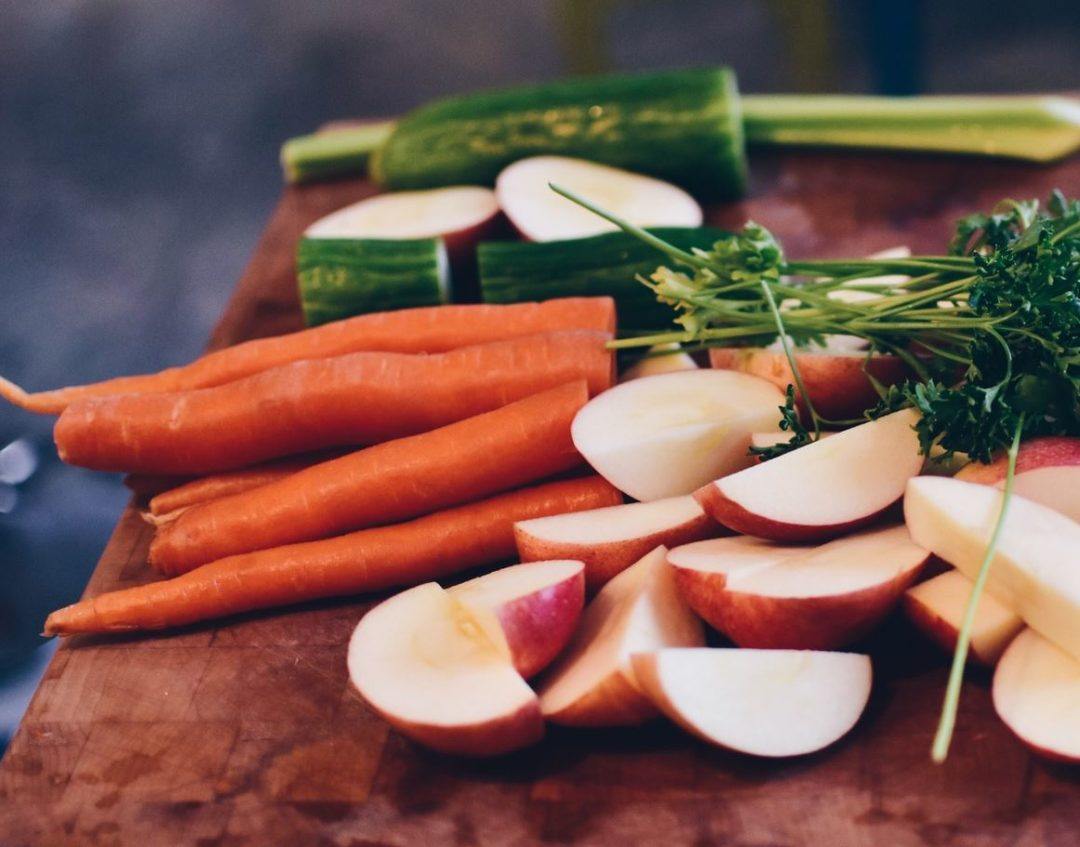A proper diet is crucial to maintaining proper renal and overall health. Potassium is a very important mineral in the body that most individuals are only vaguely aware of until their renal condition declines and are told by their doctor/dietitian to limit its intake. ASF asked Esther Berenhaut, RD, CSP, CSR to shed some light on Potassium and the renal diet:
To maintain renal health, a heart-healthy diet that is low in salt and animal protein and high in fruit, vegetables, whole grains, fish and plant-based protein is encouraged. All of these foods are a good source of potassium, which has vital functions including:
- Controlling the electrical conductivity of the heart and
- Controlling acid-base balance
- Helping control blood pressure.
As part of your care, your nephrologist will also likely prescribe medications to protect your kidneys. Angiotensin Converting Enzyme (ACE) inhibitors have been shown to slow down the loss of kidney function in those with Alport syndrome. One of the side effects of these medications, affecting a small percentage of patients, is when the body retains potassium in the blood. This condition is called hyperkalemia.
When ACE inhibitors are started, your doctor will routinely monitor blood potassium levels to ensure they are within normal ranges. For most adults, normal blood potassium levels run between 3.5-5.0 mEq/L (values may differ slightly depending on the lab running the test). If your blood potassium level becomes higher than optimal, you will need to watch how much potassium is in your diet.
If you have been following the healthy diet described above that is rich in potassium, you may be asking, “Now what can I eat?”
There are always options! The amount of potassium you need to limit in your diet should be individualized and is based on several factors including age and weight, among others. Foods that are high in potassium include dairy foods like fluid milk and yogurt. There are milk alternatives that can be used that are low in potassium. Salt substitutes typically contain potassium and should not be used. Herb blends that are low in sodium are good alternatives. Other foods that have a lot of potassium include chocolate, nuts and nut butters. As far as fruit and vegetable choices, the one that typically comes to mind when discussing high potassium is bananas; however, there are others that need to be watched, which include (but are not limited to):
| Fruit | Vegetables |
| Cantaloupe | Broccoli (cooked) |
| Kiwi | Brussels Sprouts |
| Mango | Dried beans, peas and legumes |
| Nectarine | Greens |
| Orange | Potato (white and sweet) |
| Pomegranate | Tomato/tomato products |
| Prunes | Winter squash |
Low-potassium options can still include healthy choices, such as (but not limited to):
| Fruit | Vegetables |
| Apples | Carrots |
| Blueberries | Cauliflower |
| Peach | Celery |
| Grapes | Cucumber |
| Watermelon | Green beans |
| Raspberries | Zucchini |
A registered dietitian/nutritionist (RD/RDN) will be able to best help you determine how to meet your needs. There are a number of resources online that are reputable and can assist you with food lists, ideas and recipes. Some of these are listed below.
National Kidney Foundation’s Guide to Potassium and your CKD Diet
Dietary Guidelines for Americans, 2015-2020. Eighth Edition
Davita’s Guide to Potassium and Chronic Kidney Disease


